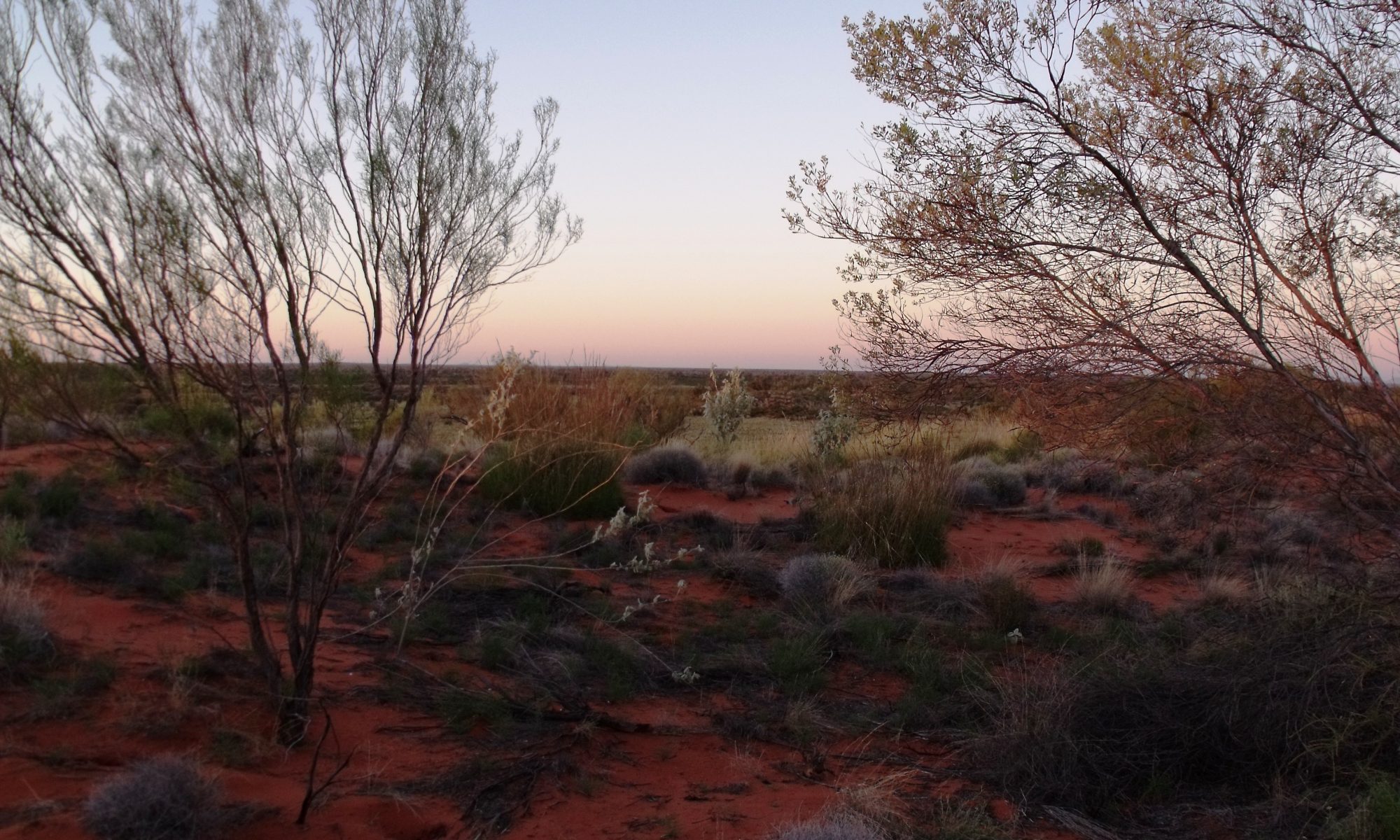I research and write on history, ancestral narratives, psychology, philosophy, personal alchemy and ones search for fulfilment, contentment, self-kindness and purpose.
Through my written works I explores the interconnectedness of human, spirit and place.
I express my creativity through written works covering many genres including essays, ancestral biographies, blog journalling, photo essays and creative non-fiction works.
My blog shares my personal musings and experiences on many facets of the human lived experience.

